The last place you might think you’d find any actual history lessons are in those Dastardly & Muttley in Their Flying Machines cartoons, featuring Dick Dastardly and Muttley and a certain pigeon. But, sure enough...
If you're of a certain age, you know what cartoons I’m talking about. Dick Dastardly and Muttley, a dog, were the main heroes and villains in the 1960s cartoon series, Wacky Races and its spin-off, Dastardly & Muttley in Their Flying Machines. There were only 34 episodes (17 of each cartoon), but they were run on local stations in syndicated reruns over and over, especially in the late 1970s and early 1980s, though, sure, you may have caught them on channels like the Cartoon Network or Boomerang over the years as well. They also appeared in other cartoon series as well, like the mid-1980s series Yogi’s Treasure Hunt.
So what history can you possibly take away from these cartoons? Well, I’m thinking of the pigeon Dick Dastardly and Muttley chased in Dastardly & Muttley in Their Flying Machines.
As anyone who has heard the theme song, “Stop That Pigeon” knows, the cartoon involved Dastardly and Muttley and their fellow pilots, members of what was called the Vulture Squadron, desperately trying to stop a bird, named Yankee Doodle Pigeon, from delivering a message.
In every episode, Dick Dastardly and Muttley are chasing after Yankee Doodle Pigeon, trying valiantly to stop the bird and always failing. They're also accompanied by Klunk, a pilot and inventor who speaks a language nobody can understand except his aviator pal, Zilly.
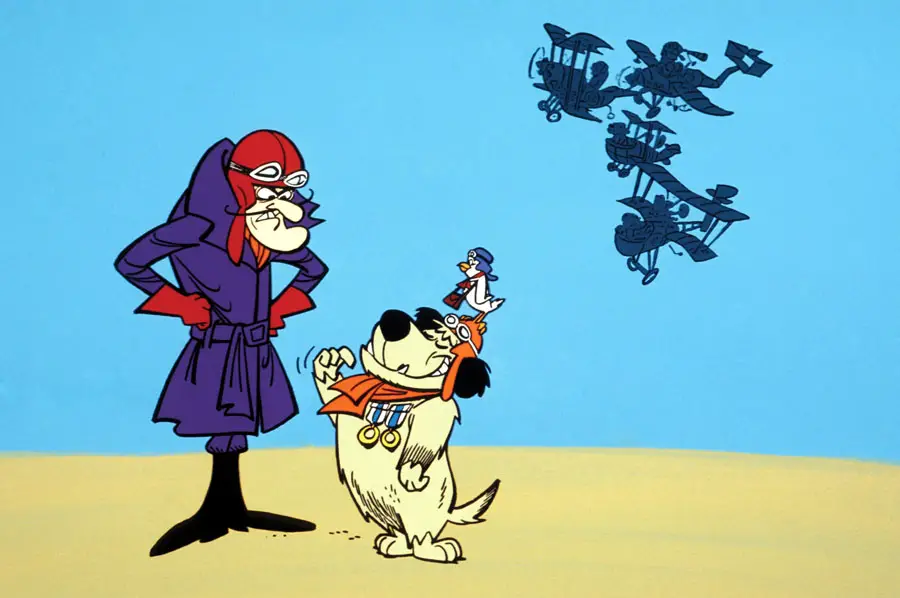
As a kid growing up in the 1970s and 1980s and watching Dastardly & Muttley in syndicated reruns, it was completely lost on me that back in World War I, when the cartoon was set, that there were carrier pigeons that carried important messages in battle. (Carrier pigeons also served nobly during World War II.)
Heck, I’m not sure I realized any of this as an adult, when I’d occasionally turn on Dastardly & Muttley in Their Flying Machines on Boomerang for my kids. I mean, yes, I knew that carrier pigeons delivered messages during the war – I know I learned that at some point in my life – but actually making the connection that this cartoon was inspired by that sliver of history, that didn’t hit me until recently.
But, yes, the Dastardly & Muttley cartoons are certainly based on history. What’s more, Yankee Doodle Pigeon is a stand-in for Cher Ami, arguably America’s most famous carrier pigeon.
Granted, the title of most famous carrier pigeon is a fairly low bar to clear. It isn’t like there were all that many well-known carrier pigeons.
So who is Cheri Ami? We’re (finally) getting to that.
Today's "TV Lesson" Breakdown:
Who was Cher Ami?
Cher Ami is French for “Dear Friend,” and Cher Ami was a very dear friend to the U.S. Army Signal Corps. Actually, he was far more than that. He was a fellow soldier and comrade. Cher Ami, it’s believed, was born in England, but we’ll just say that he had dual citizenship because he was an American pigeon through and through.
World War I was the first time the American army began using carrier pigeons to carry messages to their troops, though it had been done in wartime by other nations before, during the Franco-Prussian war, also known as the Franco-German war. As the Great War dragged on -- later, it would be called World War I --it was the Germans who began using carrier pigeons, and Americans, recognizing a good idea when they saw it, began following suit in November of 1917.
Cher Ami became famous due to what occurred on October 4, 1918, when a bunch of American doughboys (554 American soldiers making up what’s now called the Lost Battalion) were surrounded by German troops.
Then things got worse. The Americans started bombing right where the Lost Battalion was. The commander, Major Charles W. Whittlesey, wrote a brief message that said, “We are along the road parallel 276.4. Our own artillery is dropping a barrage directly on us. For heaven’s sake stop it.”
Whittlesey then fastened the message into a holder on Cher Ami’s leg and sent him on his way. The pigeon flew into the air, somehow dodging explosions and a half of bullets.
And the bullets were actually aimed at Cher Ami (at least some of the bullets). The German soldiers fully understood what these pigeons were doing. In fact, Cher Ami had already flown 11 successful missions, delivering messages to American troops.
Cher Ami made it to his destination for his 12th mission – but just barely. His right leg was almost torn off, and a shell fragment or bullet had grazed his breast. But Cher Ami was alive, and the message was read by the right people. In fact, the Lost Battalion was saved (well, sort of… 194 men were rescued; the rest were killed or captured), and Cher Ami was awarded the French Croix de Guerre for his bravery.
Cher Ami retired and was sent to the United States and died at Fort Monmouth, New Jersey, the following year, on June 13, 1919. He passed away, it was believed, because of his wounds. According to a 1919 newspaper account, experts at the National Zoo and the Smithsonian were called in, to offer their suggestions for prolonging the life of Cher Ami, but nothing could be done.
In 1931, Cher Ami was inducted into the Racing Pigeon Hall of Fame – well, you would hope so, wouldn’t you?
And that would be essentially the history of Cher Ami, except that 38 years after the heroic bird received its pigeon hall of fame honor, William Hanna and Joe Barbera decided to pay their own tribute to the brave bird.
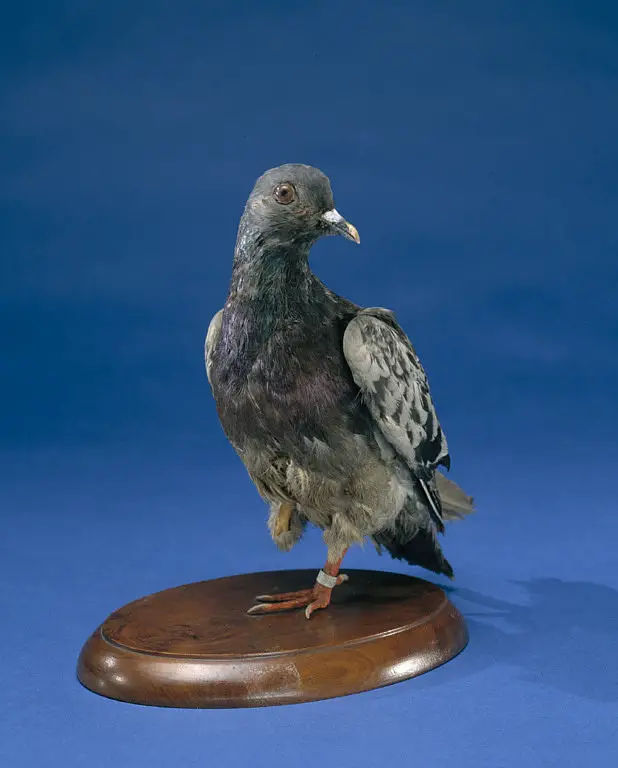
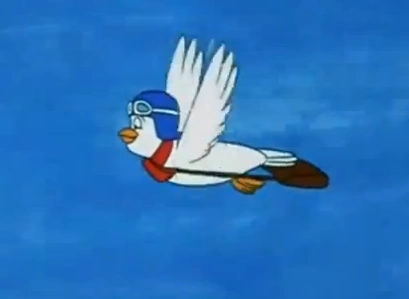
Cher Ami and Yankee Doodle Dandy
Granted, I haven’t managed to find any quotes from interviews with William Hanna or Joe Barbera where one of them says, “Well, America, we took the story of Cher Ami and turned it into a cartoon. You’re welcome,” but once you know Cher Ami’s story, there’s really no other way to watch the cartoon as other than a tribute to the famous carrier pigeon.
William Hanna, in an interview that was syndicated in papers across the country in 1969, did refer to the cartoon taking place in World War I. If that wasn't obvious already.
It's a little weird to think of Dastardly and Muttley, who had a very American sensibility to them, and basically American accents, apparently working for the Germans. That said, Dastardly, in particular, didn't seem to have the best judgment.
In Hanna's interview, he discussed how TV cartoon violence had been toned down since the assassination of Robert F. Kennedy and thus played a part in shaping the comedy in Dastardly & Muttley: "We can't use violence as a crutch, as a way of solving a plot problem. Our writing is becoming better,” Hanna said. “Take one of our new cartoons, Dastardly & Muttley in Their Flying Machines. They operate a very wacky World War I squadron. That sounds like violence, sure enough, doesn't it? But there's no shooting. No guns at all. Dastardly and Muttley have a job of stopping an indestructible carrier pigeon from delivering messages across the lines. They never succeed. But what are their weapons? Well, we create an airplane with a huge vacuum cleaner in front of it, another with a giant mallet, maybe another with a huge flyswatter. But they always miss. And the thing to remember is that none of these is something a child can pick up. Exotic things are permissible because children can't find them. A writer had a gag where a machine gun spun around and cut off the tail or the wings. We eliminated the gun but not the gag. We had the propeller spin off and slice the plane up like a bologna slicing machine. It was very funny."
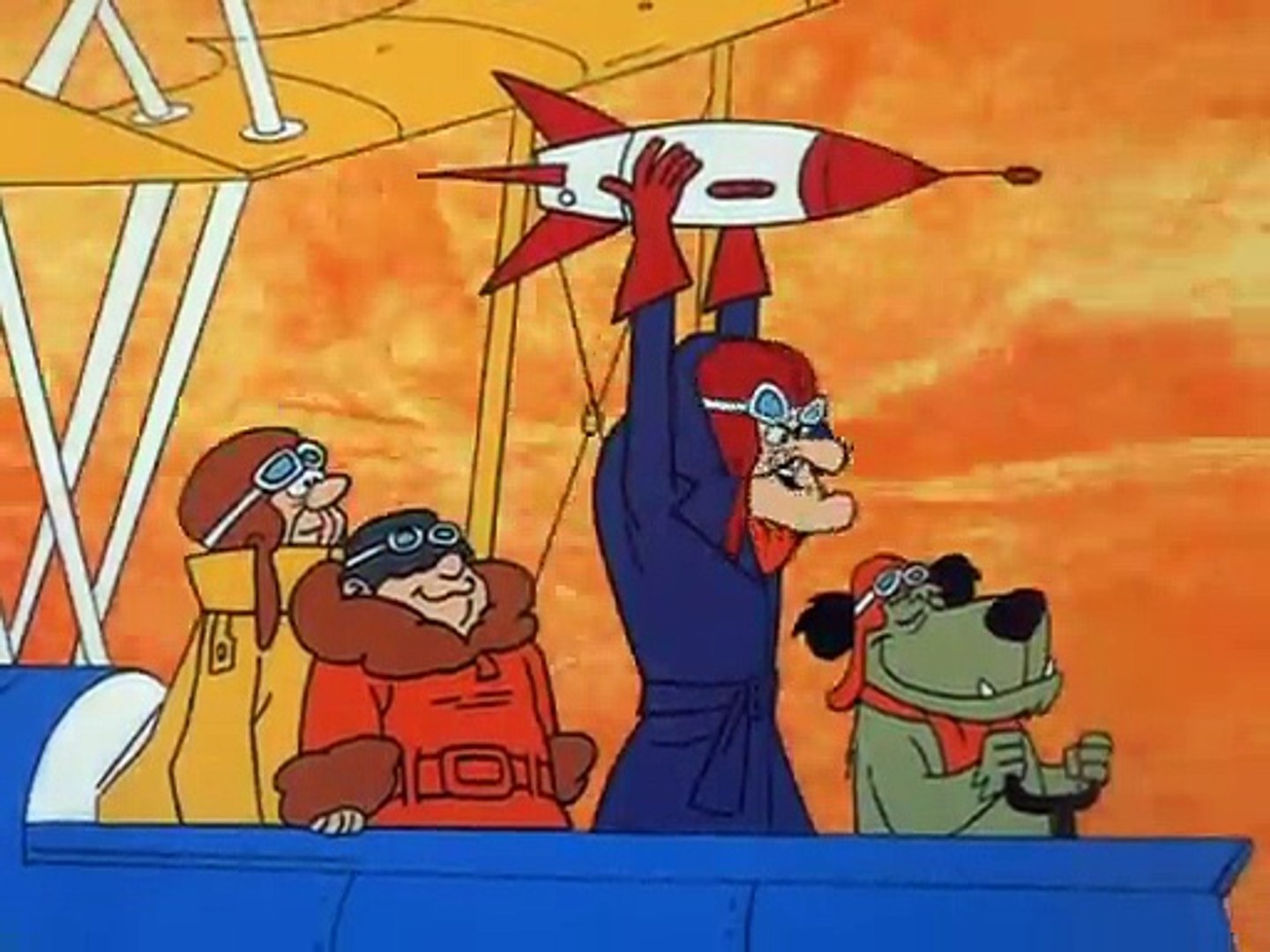
Dastardly and Muttley Didn’t Only Pay Tribute to Cher Ami
Of course, Dastardly & Muttley in Their Flying Machines was more than a tribute to a famous pigeon. It was also kind of a love letter to slapstick comedies from the silent days and early talkies, and, uh, World War I, because, sure, every child in the 1960s was nostalgic for the bygone times of the Nineteen-Teens.
But its creators, William Hanna and Joe Barbera, were born in 1910 and 1911 and grew up during World War I. So creating a cartoon world that represented the days of the Great War and its doughboys may have had some personal appeal for them.
That said, if anything, the cartoon appears to have mostly been influenced by Those Magnificent Men in Their Flying Machines and The Great Race, two live action feature film comedies that came out in 1965.
If you’ve seen both movies or at least one of the films, you'll immediately see the connection to Dastardly & Muttley in Their Flying Machines. They both were set around the same time periods and had that slapstick comedy sensibility. It’s been said many times that Dastardly was both a caricature of the British actor Terry-Thomas, who was the villain in Those Magnificent Men in Their Flying Machines, and Jack Lemmon’s Professor Fate, who was the bad guy in The Great Race.
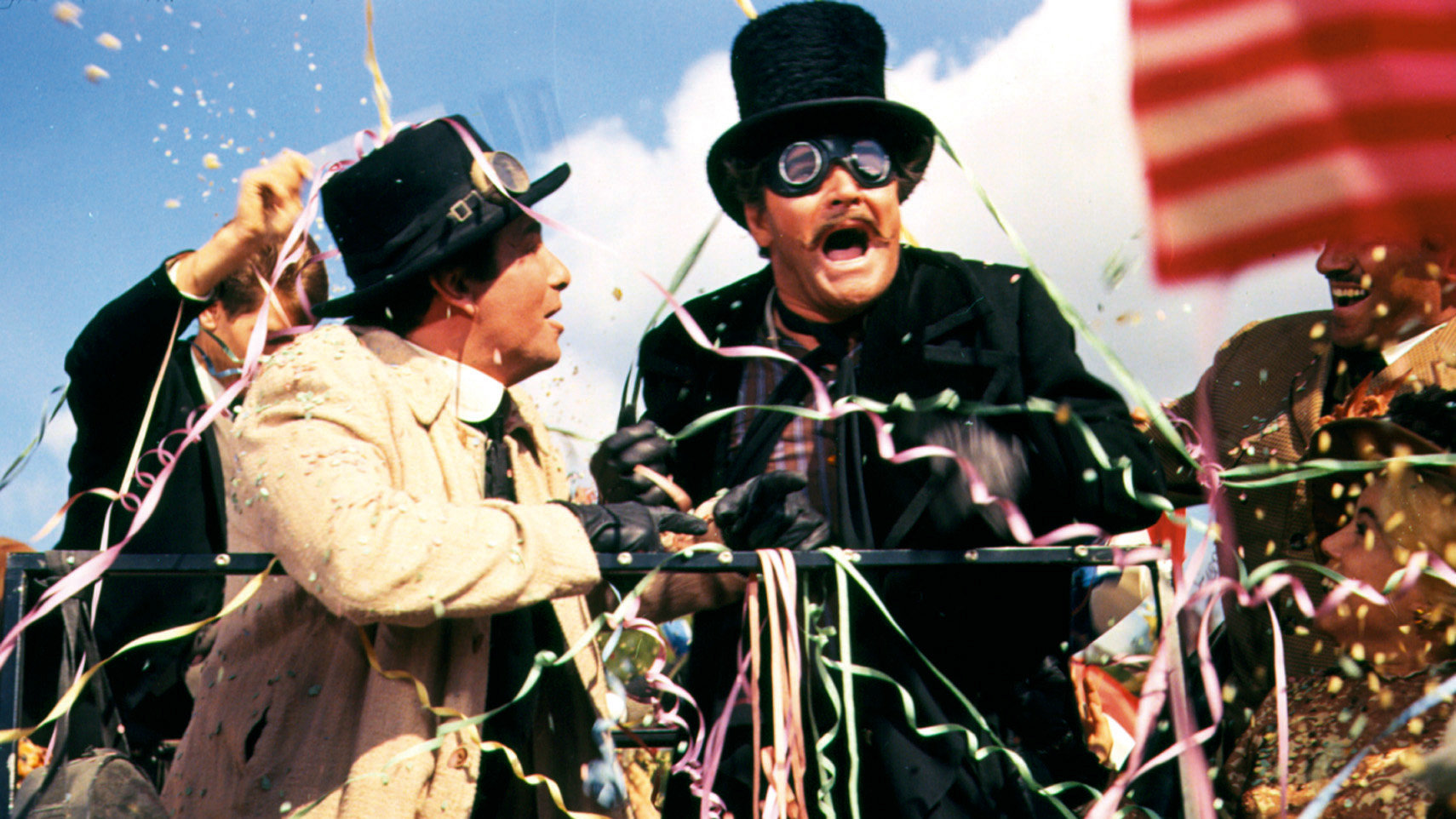
In fact, in 1968, Hanna-Barbera released the TV cartoon series, Wacky Races (said to be a lifting off the premise of The Great Race), and Dick Dastardly and Muttley were popular enough that the animation studio decided to make the characters the stars of their own series, which then became Dastardly & Muttley in Their Flying Machines.
At this point, Hanna-Barbera was pretty well known for taking ideas that had worked in live-action entertainment and working the premise as cartoons. The Flintstones famously was inspired by the Honeymooners (so much so that Jackie Gleason considered suing Hanna-Barbera). Top Cat, Hokey Wolf and Yogi Bear have all been said to be a reworking of The Phil Silvers Show (loveable con artist tries to cheat his way to wealth and success). The Hillbilly Bears was inspired by The Beverly Hillbillies. And Hanna-Barbera was often borrowing concepts from their own cartoons. For instance, Augie Doggie and Doggie Daddy was inspired by the cartoon series, Spike and Tyke, spin-off cartoon series from Tom and Jerry.
In the same interview that was mentioned earlier, Hanna talked about some of the other influences that shaped the Dastardly & Muttley cartoons, namely films from the silent days and early talkies: “When you have a cartoon character and two funny cars come together, and they crash and all fall apart, boom, and in the next scene they're all back together again, nobody ever yells or gets hurts. That's pretty normal slapstick humor. And in doing it with cartoons, it makes sense. Think of Laurel and Hardy. They did it, and you never saw them with a gun or a knife. The same with Charlie Chaplin."
Ah, yes, William Hanna went there, putting Dastardly and Muttley in the same realm as Laurel and Hardy and Charlie Chaplin.
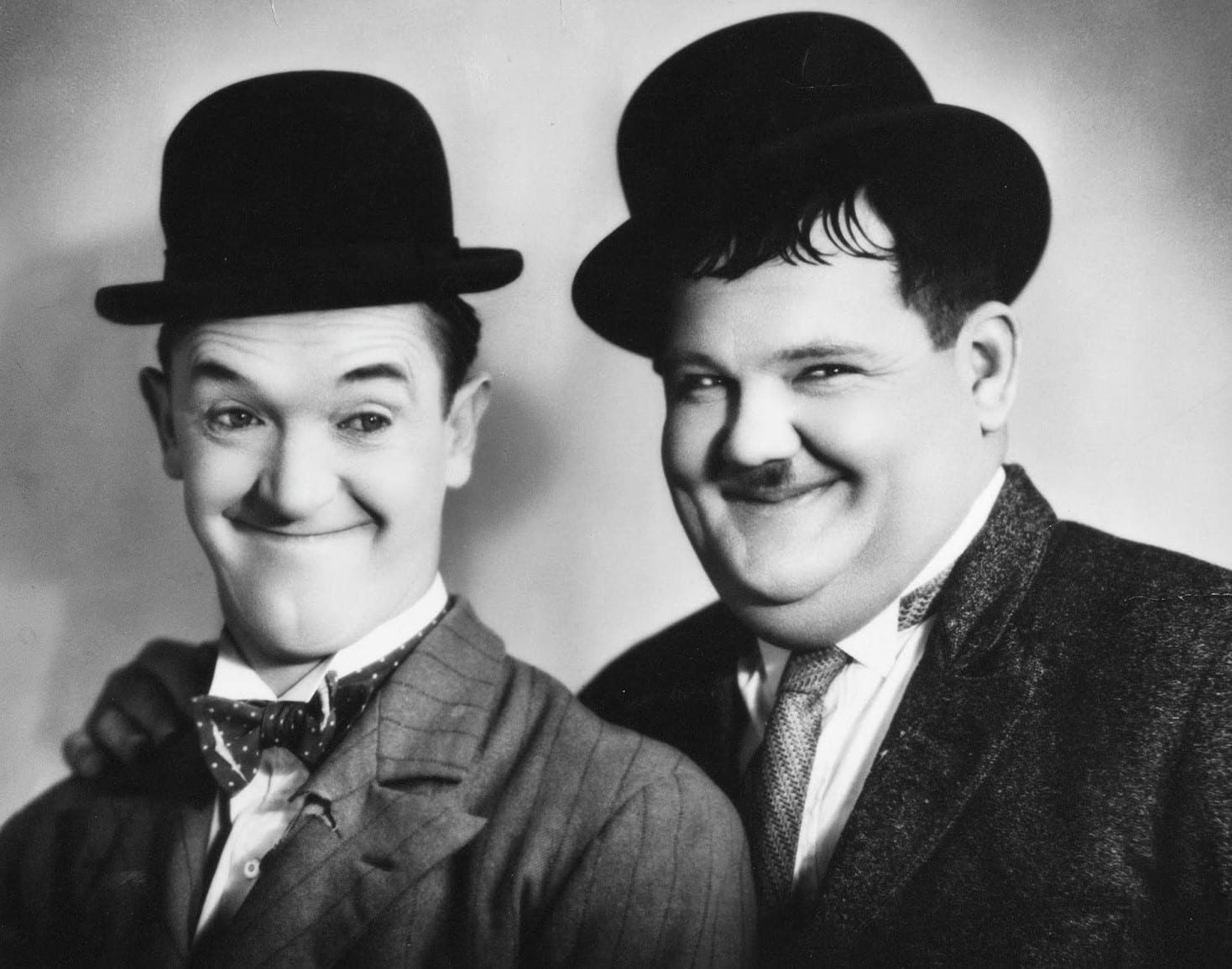
Still, the Dastardly & Muttley cartoons definitely had a zany, madcap quality to it. Every episode opened with Dick Dastardly narrating the following:
Wake up, Muttley -- you're dreaming again!
You're not Robin Hood and you're not Gunga Din
You're not a brave knight or a king who's been crowned;
You're just plain old Muttley, the snickering hound!
And, then, for the next few minutes (each cartoon was generally a few minutes long; each episode contained several cartoon episodes), you'd have this madcap chase with three men and a dog pursuing a bird in their rickety aircraft. Maybe it wasn't quite the quality of a Keystone Kops chase or a silent short with Harold Lloyd sidestepping danger at every turn, but the show definitely had its charms.
So, anyway, the next time you find yourself kicking yourself for wasting a lot of time during your childhood or adulthood watching old cartoons – you weren’t, at least in the case of Dastardly and Muttley in Their Flying Machines. You were basically watching an animated documentary. Sort of.
Where to watch Dastardly & Muttley in Their Flying Machines (at the time of this writing): You can find Dastardly and Muttley in Their Flying Machines on the cable network Boomerang and possibly other cable channels or streaming services.
Articles similar to this Dastardly & Muttley in Their Flying Machines article: You might enjoy this look back at the cartoon series Jeannie, another Hanna-Barbera creation.
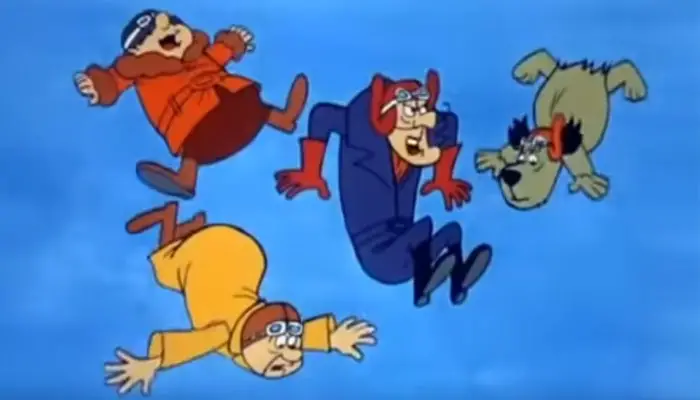

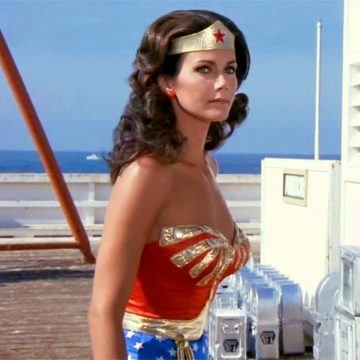
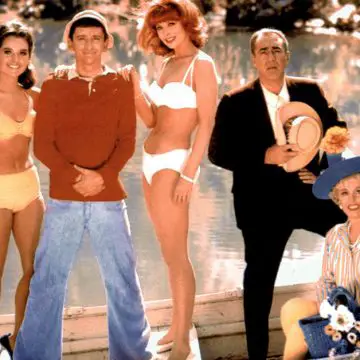
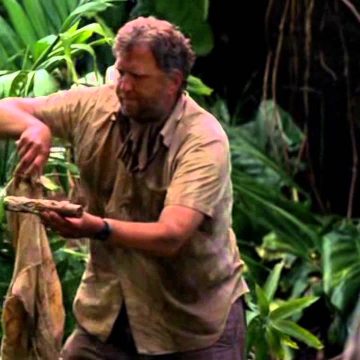
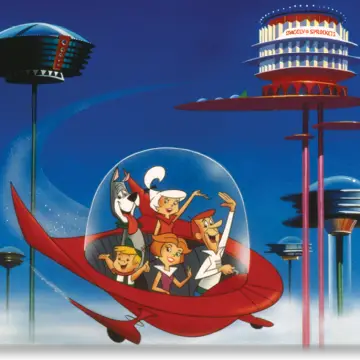
Leave a Reply